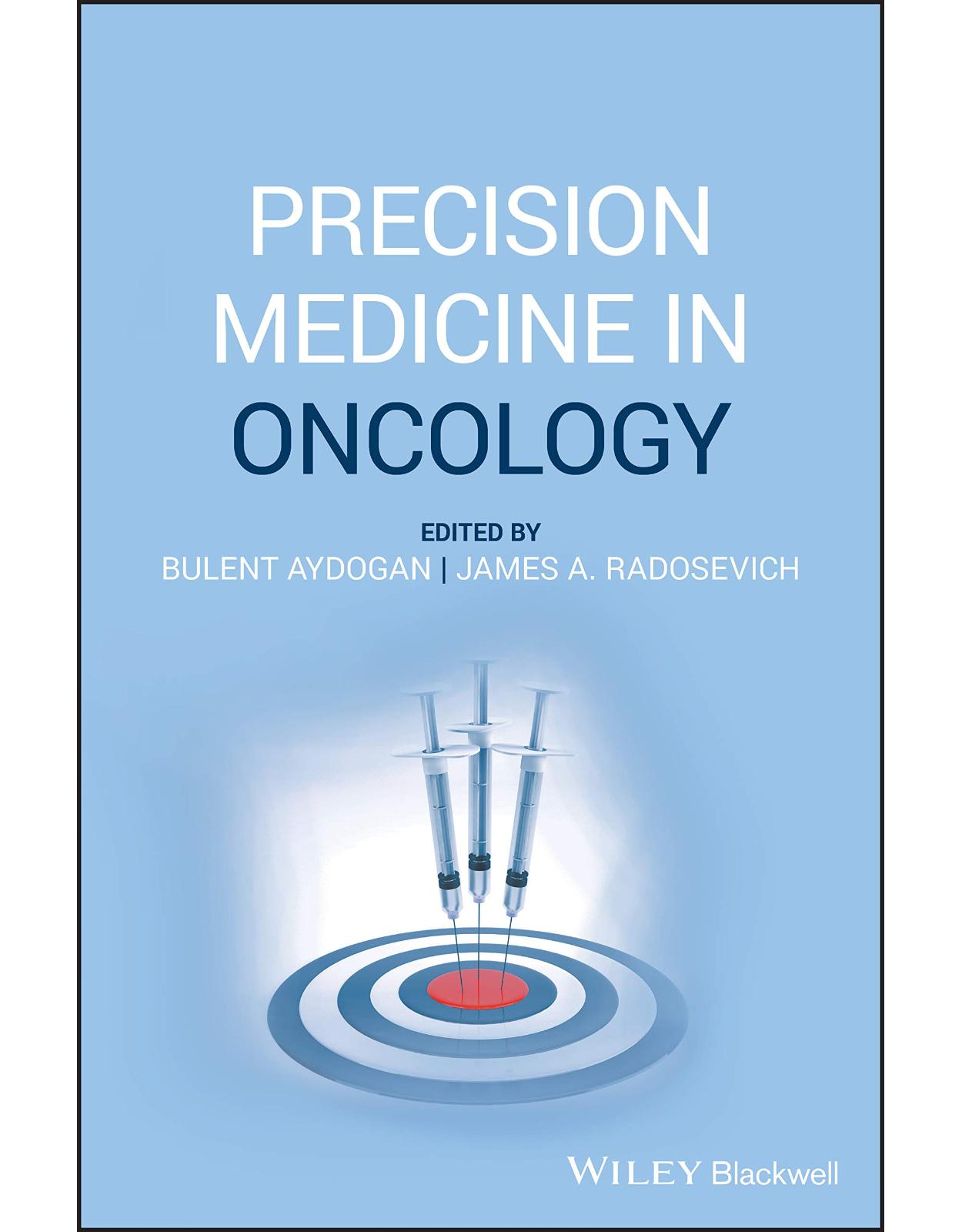
Precision Medicine in Oncology
Livrare gratis la comenzi peste 500 RON. Pentru celelalte comenzi livrarea este 20 RON.
Disponibilitate: La comanda in aproximativ 4 saptamani
Editura: Wiley
Limba: Engleza
Nr. pagini: 288
Coperta: Hardcover
Dimensiuni: 17.02 x 2.03 x 24.64 cm
An aparitie: 22 Oct. 2020
DESCRIPTION:
A FRESH EXAMINATION OF PRECISION MEDICINE'S INCREASINGLY PROMINENT ROLE IN THE FIELD OF ONCOLOGY
Precision medicine takes into account each patient's specific characteristics and requirements to arrive at treatment plans that are optimized towards the best possible outcome. As the field of oncology continues to advance, this tailored approach is becoming more and more prevalent, channelling data on genomics, proteomics, metabolomics and other areas into new and innovative methods of practice. Precision Medicine in Oncology draws together the essential research driving the field forward, providing oncology clinicians and trainees alike with an illuminating overview of the technology and thinking behind the breakthroughs currently being made.
Topics covered include:
· Biologically-guided radiation therapy
· Informatics for precision medicine
· Molecular imaging
· Biomarkers for treatment assessment
· Big data
· Nanoplatforms
Casting a spotlight on this emerging knowledge base and its impact upon the management of tumors, Precision Medicine in Oncology opens up new possibilities and ways of working – not only for oncologists, but also for molecular biologists, radiologists, medical geneticists, and others.
TABLE OF CONTENTS:
List of Contributors xiii
Preface xv
List of Abbreviations xvii
1 Genomic Strategies for Personalized Cancer Therapy
Arkadiusz Z. Dudek, Kate Baxstrom, Sushma Bharadwaj, Anne Blaes, Amit Kulkarni, Emil Lou, Vijeyaluxmy Nehru, Emma Rabinovich, Ardaman Shergill, and Maya Viner
1.1 Introduction 1
1.1.1 Definition of Precision Medicine in Oncology 1
1.1.2 DNA and RNA Sequencing Techniques 2
1.2 Precision Medicine in Specific Tumors 3
1.2.1 Lung Cancer 3
1.2.1.1 Adenocarcinoma 4
1.2.1.2 Squamous Cell Carcinoma 4
1.2.1.3 Small-Cell Lung Carcinoma (SCLC) 4
1.2.1.4 Epidermal Growth Factor Receptor (EGFR) Mutations 4
1.2.1.5 Anaplastic Lymphoma Kinase (ALK) 5
1.2.1.6 BRAF, ROS1, MET 5
1.2.1.7 KRAS 6
1.2.1.8 Other: RET, NTRK 6
1.2.2 Head and Neck Cancers 6
1.2.2.1 HPV-Positive Cancers 7
1.2.2.2 HPV-Negative Cancers 8
1.2.2.3 Targeting the Epidermal Growth Factor Receptor (EGFR) Pathway 8
1.2.2.4 Thyroid Cancers 8
1.2.2.5 Other Targets 8
1.2.3 Hematological Malignancies 9
1.2.3.1 Lymphoma 9
1.2.3.2 Leukemia 10
1.2.3.3 Myelodysplastic Syndrome 11
1.2.4 Gynecologic Malignancies 11
1.2.4.1 Cervical 11
1.2.4.2 Uterine 11
1.2.4.3 Ovarian 12
1.2.5 Melanoma 13
1.2.6 Gastrointestinal Malignancies 16
1.2.6.1 Gastroesophageal Cancers 17
1.2.6.2 Colorectal Cancers 17
1.2.7 Breast Cancer 19
1.2.7.1 Basal-Like, or Triple Negative Breast Cancer 19
1.2.7.2 Luminal A/B, or Hormone Positive 20
1.2.7.3 HER2 Positive Breast Cancer 20
1.2.7.4 Immunotherapy 20
1.2.7.5 Germline Testing in Breast Cancer 21
1.2.7.6 Conclusion 21
1.2.8 Genitourinary Malignancies 21
1.2.8.1 Prostate Cancer 21
1.2.8.2 Renal Cell Cancer (RCC) 23
1.2.8.3 Urothelial Cancers 23
1.2.9 Pediatric Cancers 24
1.2.9.1 Introduction 24
1.2.9.2 Leukemia and Lymphoma 24
1.2.9.3 Central and Peripheral Nervous System Tumors 25
1.2.9.4 Bone and Soft Tissue Sarcomas 26
1.2.9.5 Other Embryonal Tumors 26
1.2.9.6 Conclusion 27
1.2.10 Cancers of Unknown Primary Origin 27
1.2.10.1 Diagnosis 27
1.2.10.2 Gene Expression Profiling 28
1.2.10.3 Mutational Testing with Next-Generation Sequencing (NGS) 28
1.2.10.4 Treatment 28
1.3 Biomarkers for Immunotherapy of Cancer 28
1.3.1 PD-L1 29
1.3.2 Soluble PD-L1 (sPD-L1) 29
1.3.3 Combined Positive Score (CPS) 30
1.3.4 Tumor Microenvironment 30
1.3.5 Tumor Mutational Burden (TMB) 30
1.3.6 Microsatellite Instability (MSI) 31
1.3.7 MMR Deficiency 31
1.3.8 Peripheral Blood Absolute Neutrophil Count/Absolute Lymphocyte Count 31
1.3.9 Microbiome 31
1.4 Clinical Trial Design in the Era of Precision Oncology 32
1.5 Ethical, Legal, and Social Issues of Precision Oncology 33
1.5.1 Ethical Issues 33
1.5.2 Legal Issues 34
1.5.3 Social Issues 35
1.6 Databases, Data Sharing, and Challenges of Precision Oncology 36
References 37
2 Blood-Based Biomarkers for the Diagnosis and Prognosis of Cancer 61
Shreetama Bandyopadhayaya and Chandi C. Mandal
2.1 Introduction 61
2.2 Importance of Blood-Based Biomarkers 61
2.3 Circulating Proteins as Biomarkers 62
2.4 Circulating Long Non-coding RNAs as Biomarkers 64
2.5 Circulating miRNAs as Biomarkers 65
2.6 Circulating Autoantibodies as Biomarkers 67
2.7 Circulating Tumor DNA as Biomarkers 69
2.8 Metabolites as Biomarkers 70
2.9 Lipids as Biomarkers 72
2.10 Exosomes as Biomarkers 74
2.11 Conclusion 77
References 77
3 Application of Circulating Cell-free DNA for Personalized Cancer Therapy 83
Indranil Chattopadhyay
3.1 Introduction 83
3.2 Drawbacks and Challenges of Invasive Tumor Tissue in Treatment and Diagnosis of Cancer 84
3.3 Importance of Noninvasive Biomarkers in Treatment and Diagnosis of Cancer 84
3.4 Liquid Biopsy: cfDNA and ctDNA 85
3.4.1 Biogenesis of ctDNA: Mechanisms of Release, Characteristics, Quantity, and Quality 85
3.4.2 Role of Preanalytical Factors that Affect cfDNA Measurements 86
3.5 Practical Approach to Estimate ctDNA in Liquid Biopsy 86
3.5.1 Isolation of cfDNA and ctDNA 86
3.5.2 Analysis of ctDNA by Real-Time Quantitative PCR 86
3.5.3 Analysis of ctDNA by Digital PCR (dPCR) 87
3.5.4 Analysis of ctDNA by Beads, Emulsion, Amplification, and Magnetics (BEAMing) 87
3.5.5 Analysis of ctDNA by Next-Generation Sequencing (NGS) 87
3.6 Clinical Application of ctDNA Detection in Various Cancers 88
3.6.1 Clinical Applications of ctDNA in Lung Cancer 88
3.6.2 Clinical Application of ctDNA in Head and Neck Cancer 89
3.6.3 Clinical Utility of Circulating Tumor DNA in Pancreatic Cancer 90
3.6.4 Clinical Utility of Circulating Tumor DNA in Early and Metastatic Breast Cancer 90
3.6.5 Clinical Utility of Circulating Tumor DNA in Colorectal Cancer 91
3.6.6 Clinical Utility of Circulating Tumor DNA in Melanoma 91
3.7 Clinical Utility of Methylation in ctDNA in Personalized Oncology 92
3.8 Conclusion 92
References 93
4 Prognostic Implications of EGFR, p53, p16, Cyclin D1, and Bcl-2 in Head and Neck Squamous Cell Carcinoma (HNSCC) 99
Zane Deliu, Ardaman Shergill, Anne Meier, Phyo Thazin Myint, Sarah Khan, Paramjeet Khosla, and Lawrence Feldman
4.1 Introduction 99
4.2 Epidermal Growth Factor Receptor (EGFR) 99
4.2.1 EGFR Structure and Ligands 99
4.2.2 Physiology 100
4.2.3 EGFR Expression and Genetic Changes 100
4.2.3.1 EGFR Expression in HNSCC 100
4.2.3.2 Normal Adjacent Oral Mucosa and Pre-malignant Lesions 101
4.2.4 EGFR Genetic Changes: Gene Copy Numbers, Amplifications, and Mutations in HNSCC 101
4.2.4.1 Association of EGFR Expression or Genetic Changes with HPV Infection 101
4.2.5 EGFR as a Prognostic and Predictive Marker 102
4.2.5.1 EGFR as a Prognostic Marker 102
4.2.5.2 EGFR as a Predictive Marker 102
4.2.6 Future Perspectives 103
4.2.6.1 EGFR in Immuno-SPECT or PET Imaging 103
4.2.6.2 Molecular Profiling for Precision Medicine 104
4.3 TP53 Mutations in Head and Neck Cancer 104
4.3.1 Pathogenesis and Prevalence 104
4.3.2 Risk Factors 104
4.3.3 TP53 Structure and Physiology 105
4.3.3.1 TP53 Structure 105
4.3.3.2 TP53 as a Tumor Suppressor Gene 105
4.3.4 TP53 Gain of Function Properties 105
4.3.5 TP53 as a Prognostic and Predictive Marker 106
4.3.6 Therapeutic Strategies Targeting TP53 106
4.4 P16 and Cyclin D1 Mutations in Head and Neck Cancer 107
4.4.1 Cyclin D1 107
4.4.2 P16 108
4.5 Bcl-2 Mutations in Head and Neck Cancer 109
4.5.1 Bcl-2 109
4.5.1.1 Physiological Role of Bcl-2 109
4.5.2 Bcl-2 Family of Proteins 109
4.5.3 Significance of Bcl-2 Overexpression 110
4.5.4 Association with Chemoresistance and Radioresistance 111
4.5.5 Role of Bcl-2 as a Marker of Prognosis 111
4.5.6 Chemotherapeutics Targeting Bcl-2 112
4.5.7 Bcl-2 Summary 113
4.6 Conclusion 113
References 114
5 Immunotherapy and Cancer 133
Maaly Bassiony, Adedoyin Victoria Aluko, and James A. Radosevich
5.1 Introduction 133
5.2 What Is Cancer Immunotherapy? 134
5.3 How Does Immunotherapy Work? 135
5.4 Timing of Immunotherapy 135
5.5 Combination Immunotherapy 136
5.6 Side Effects of Immunotherapy 137
5.7 Types of Cancer Immunotherapy Treatments 137
5.7.1 Immune Checkpoint Inhibitors 137
5.7.2 Monoclonal Antibodies and Tumor-Agnostic Therapies 138
5.7.3 Adoptive T Cell Therapy 138
5.8 Cancer Vaccines 139
5.9 Oncolytic Viral Immunotherapy (OVIs) 140
5.10 Non-specific Immunotherapies 141
5.11 Immunotherapy by Cancer Type 141
5.11.1 Skin Cancer 141
5.11.2 Lung Cancer 142
5.11.3 Breast Cancer 142
5.11.4 Kidney and Prostate Cancers 143
5.11.5 Brain Cancer 145
5.11.6 Colorectal Cancer 146
5.11.7 Bladder Cancer 147
5.11.8 Cervical Cancer 147
5.11.9 Leukemia 147
5.11.10 Liver Cancer 148
5.12 Proven Studies 150
5.13 Cancer Immunity Pathway 150
5.14 Recent Developments in Immunotherapy 150
5.15 Neoantigens for Cancer Immunotherapy 151
5.16 Discussion 152
References 153
6 Predictive and Prognostic Markers for Cancer Medicine 157
Elif Zeynep Yilmaz and Ebru Esin Yoruker
6.1 Introduction 157
6.2 Historical Development of Cancer Markers 157
6.3 Characteristics of the Ideal Cancer Markers 158
6.3.1 Ideal Source of Cancer Markers 159
6.3.2 Kinetics of Cancer Markers 162
6.3.3 Sensitivity and Specificity for Evaluation of Cancer Markers 163
6.4 Utilization of Cancer Markers in Most Common Cancers 163
6.4.1 Colorectal Cancer 166
6.4.1.1 CEA 166
6.4.1.2 KRAS/NRAS 167
6.4.1.3 MSI 168
6.4.1.4 PD-1/PD – L1 168
6.4.1.5 BRAF 169
6.4.1.6 Oncotype DX Colon Cancer Test 169
6.4.1.7 ColoPrint 169
6.4.1.8 CTC 169
6.4.2 Breast Cancer 169
6.4.2.1 ER/PR 170
6.4.2.2 HER2 171
6.4.2.3 Oncotype DX 171
6.4.2.4 MammaPrint 171
6.4.2.5 uPA/PAI-1 172
6.4.3 Ovarian Cancer 172
6.4.4 Lung Cancer 172
6.4.4.1 EGFR 173
6.4.4.2 ALK Rearrangements 173
6.4.4.3 ROS1 Rearragements 174
6.4.5 Urological Cancers 174
6.4.5.1 Prostate Cancer 174
6.4.5.2 Renal Cancer 175
6.5 Classification and Techniques for Studying of Cancer Markers 176
6.5.1 Circulating Tumor Cells as Cancer Markers 176
6.5.2 DNA-Based Cancer Markers 177
6.5.2.1 Microsatellite Alterations 177
6.5.2.2 cfDNA Integrıty 177
6.5.2.3 DNA Methylation 178
6.5.2.4 Mutations and Single Nucleotide Polymorphisms (SNPs) 178
6.5.3 RNA-Based Tumor Markers 180
6.5.3.1 mRNAs 180
6.5.3.2 Noncoding RNAs 180
6.5.4 Protein-Based Tumor Markers 181
6.6 Clinical Validation of Cancer Markers 185
6.7 Conclusions and Future Perspectives 186
References 187
7 Dual Energy Imaging in Precision Radiation Therapy 203
John C. Roeske, Maksat Haytmyradov, Roberto Cassetta, and Murat Surucu
7.1 Introduction and Overview 203
7.2 Historical Perspective 203
7.2.1 X-Ray Production 204
7.2.2 X-Ray Interactions in Matter 205
7.2.3 Planar Image Formation 205
7.2.4 Computed Tomography 206
7.2.5 X-Ray Imaging in Radiation Oncology 207
7.2.6 Dual Energy Imaging in Radiation Therapy 207
7.3 Planar Dual Energy Imaging 208
7.3.1 Theory 209
7.3.2 Planar Dual Energy Imaging Methods 210
7.3.3 Applications in Radiation Therapy 210
7.3.3.1 Image-Guided Radiation Therapy 211
7.3.3.2 Markerless Tumor Tracking 211
7.3.3.3 Megavoltage Dual Energy Imaging 214
7.4 Dual Energy Computed Tomography 214
7.4.1 Theory 215
7.4.2 Dual Energy Scanning Methods 216
7.4.3 Applications in Radiation Therapy 218
7.4.3.1 Brachytherapy Planning 218
7.4.3.2 Proton Planning 218
7.4.3.3 Normal Tissue Segmentation 220
7.4.3.4 Assessment of Therapy Response 221
7.4.3.5 Dual Energy Cone Beam Computed Tomography 222
7.5 Summary and Future Directions 222
Acknowledgement 223
References 224
8 The Role of Big Data in Personalized Medicine 229
Jean-Emmanuel Bibault and Lei Xing
8.1 Introduction 229
8.2 The Concept of Big Data and the Specificities of Healthcare 230
8.2.1 Volume: How Big Is Big Data? 230
8.2.2 Variety: Where Does Big Data Come from? 231
8.2.3 Velocity: How Fast Is Big Data Generated and Interpreted? 232
8.2.4 Variability: How Does Big Data Change? 232
8.2.5 Veracity: How Accurate Is Big Data? 232
8.2.6 Value: Why Is Big Data Important? 232
8.3 Sources of Data 233
8.3.1 Genomics, Epigenomics, and Transcriptomics 233
8.3.2 Proteomics and Metabolomics 234
8.3.3 Medical Imaging and Radiomics 235
8.3.4 Clinical Informatics 236
8.4 Big Data Analytical Techniques 236
8.4.1 Machine Learning 236
8.4.2 Deep Learning 237
8.4.3 Natural Language Processing 238
8.5 Challenges in Big Data Analytics 239
8.5.1 Implementing a Big Data Approach 239
8.5.2 Developing an Information-Sharing Culture 239
8.5.3 Security Measures 240
8.5.4 Ethics in Big Data Analysis 240
8.5.4.1 Consent in the Era of Big Data 240
8.5.4.2 Privacy 240
8.5.4.3 Anonymization 241
8.5.4.4 Ownership 241
References 241
Index 249
| An aparitie | 22 Oct. 2020 |
| Autor | James A. Radosevich , Bulent Aydogan |
| Dimensiuni | 17.02 x 2.03 x 24.64 cm |
| Editura | Wiley |
| Format | Hardcover |
| ISBN | 9781119432449 |
| Limba | Engleza |
| Nr pag | 288 |

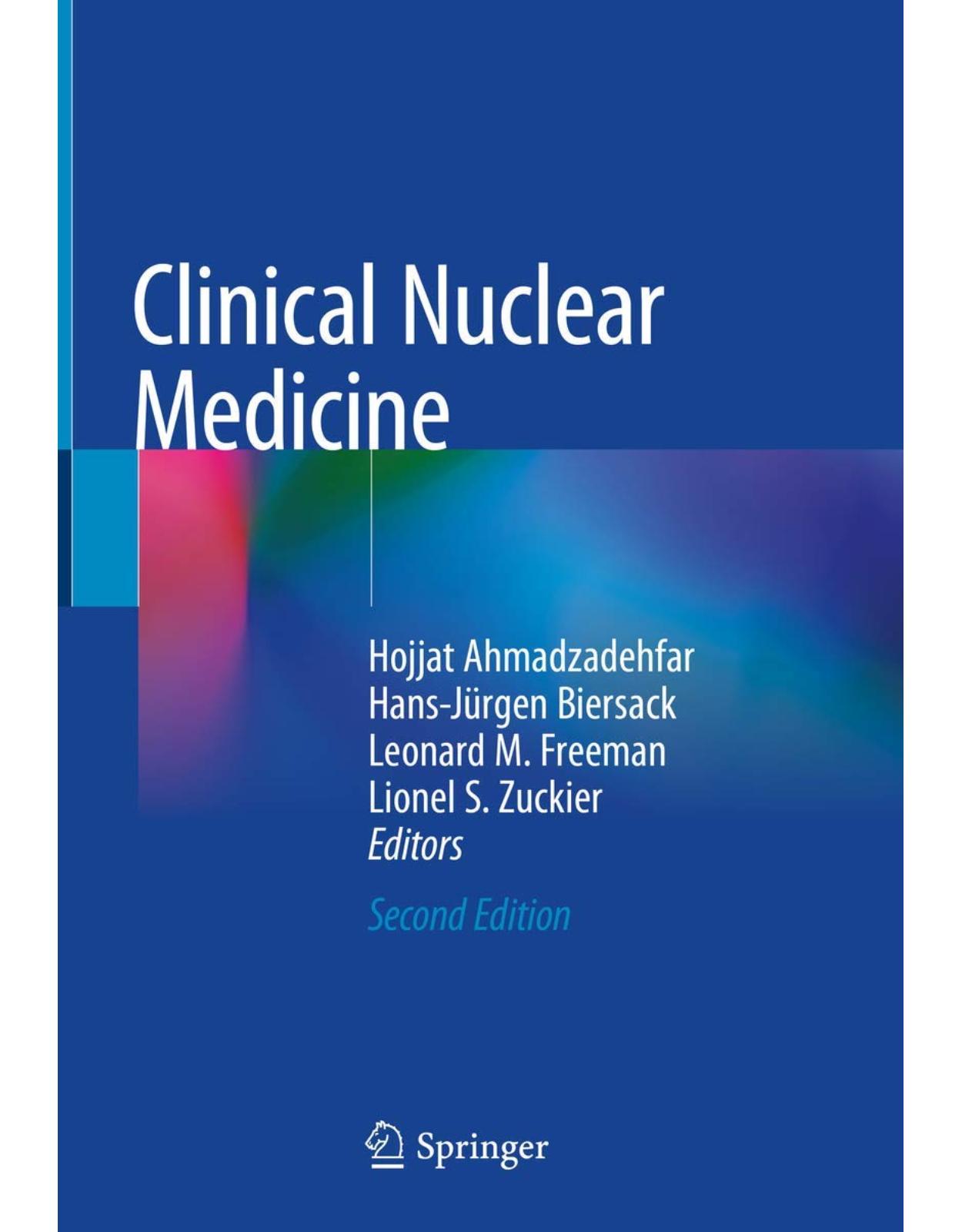
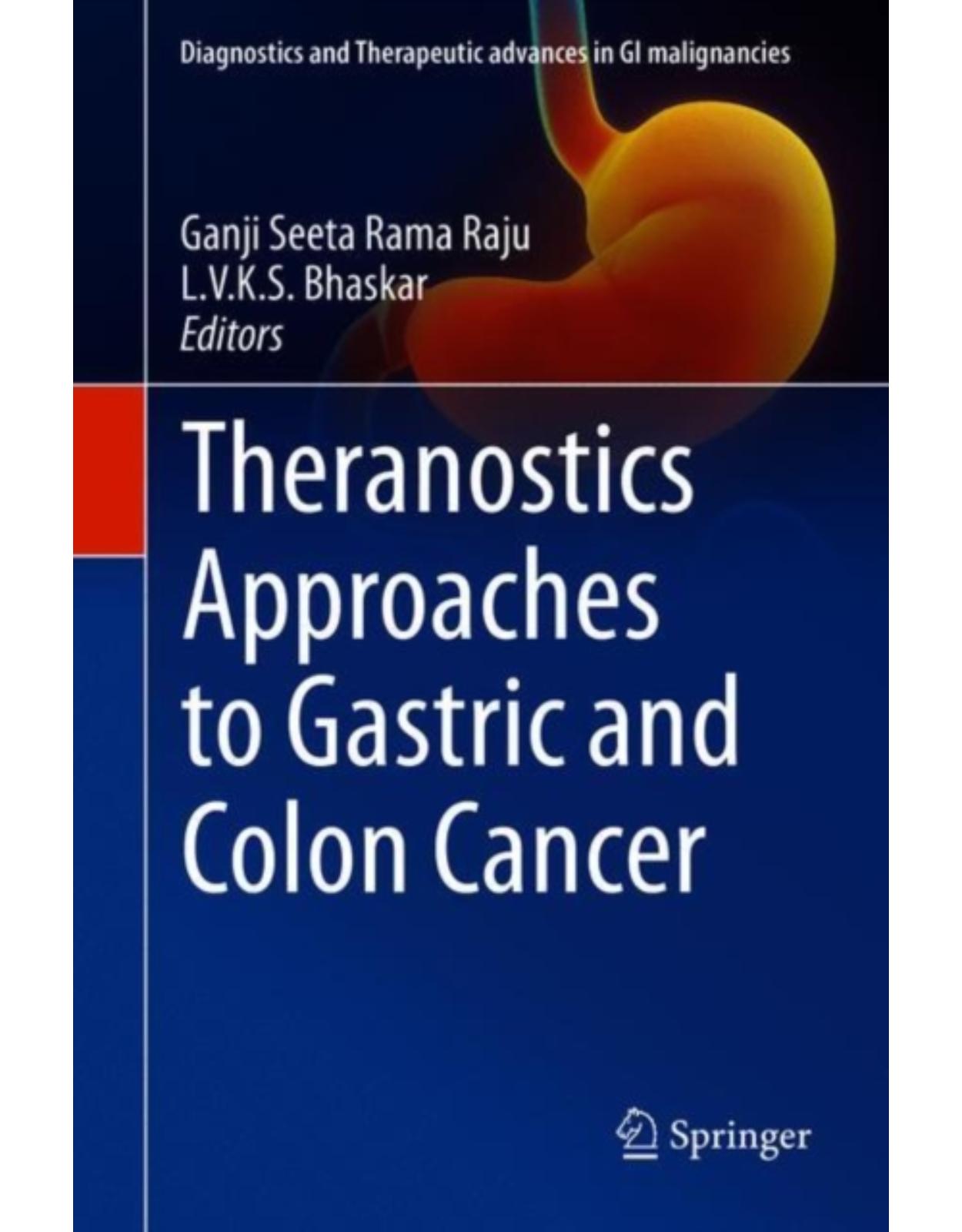
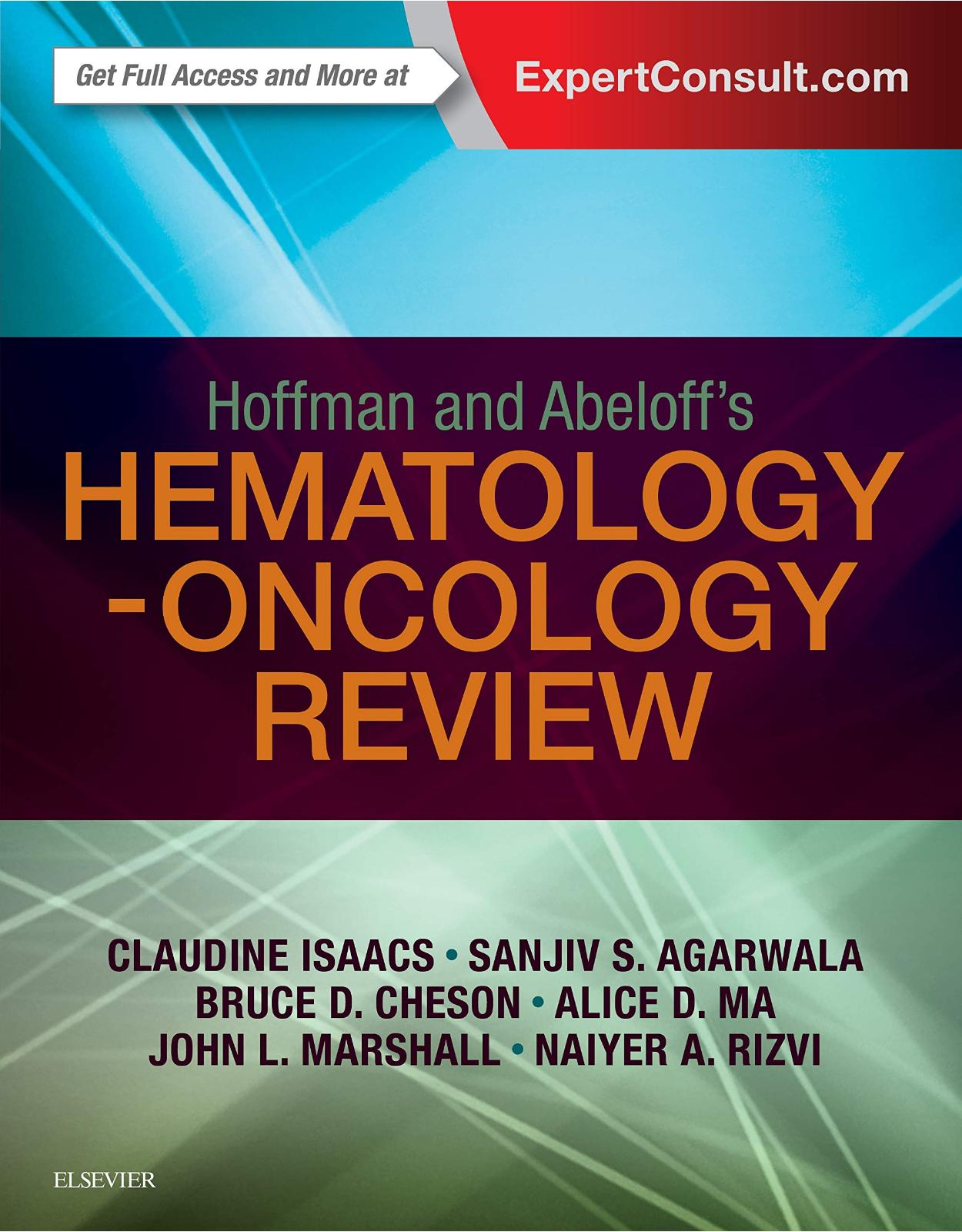
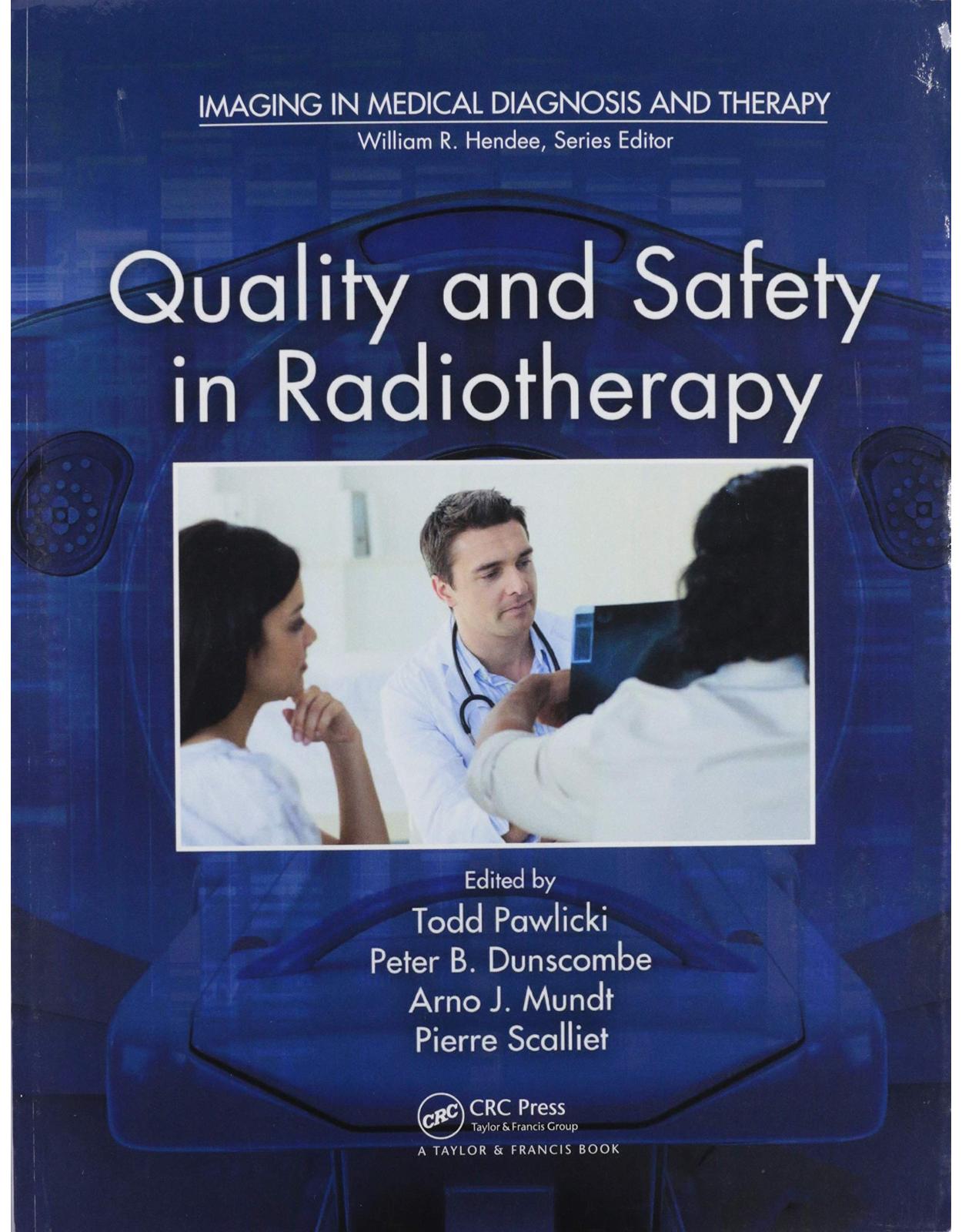

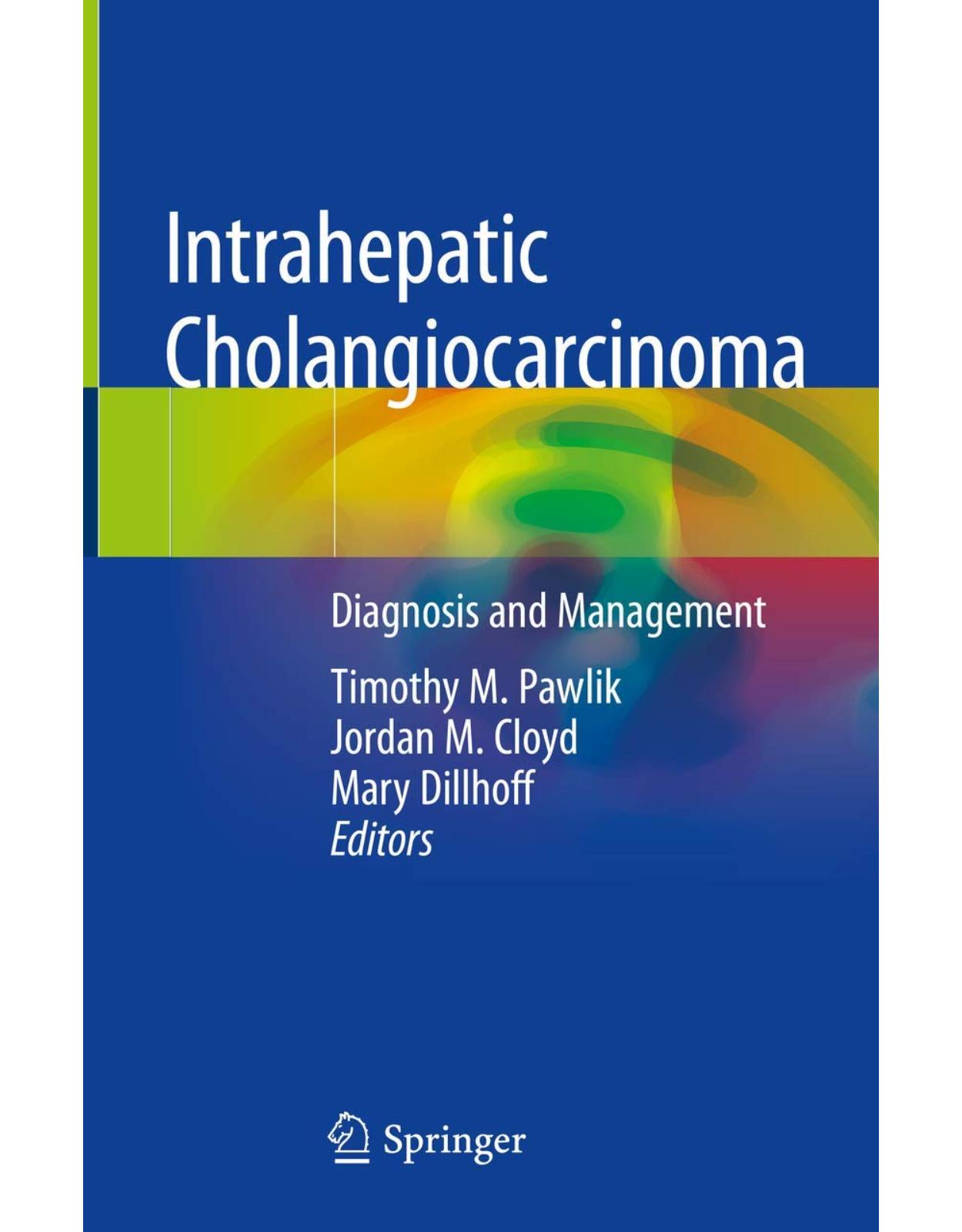
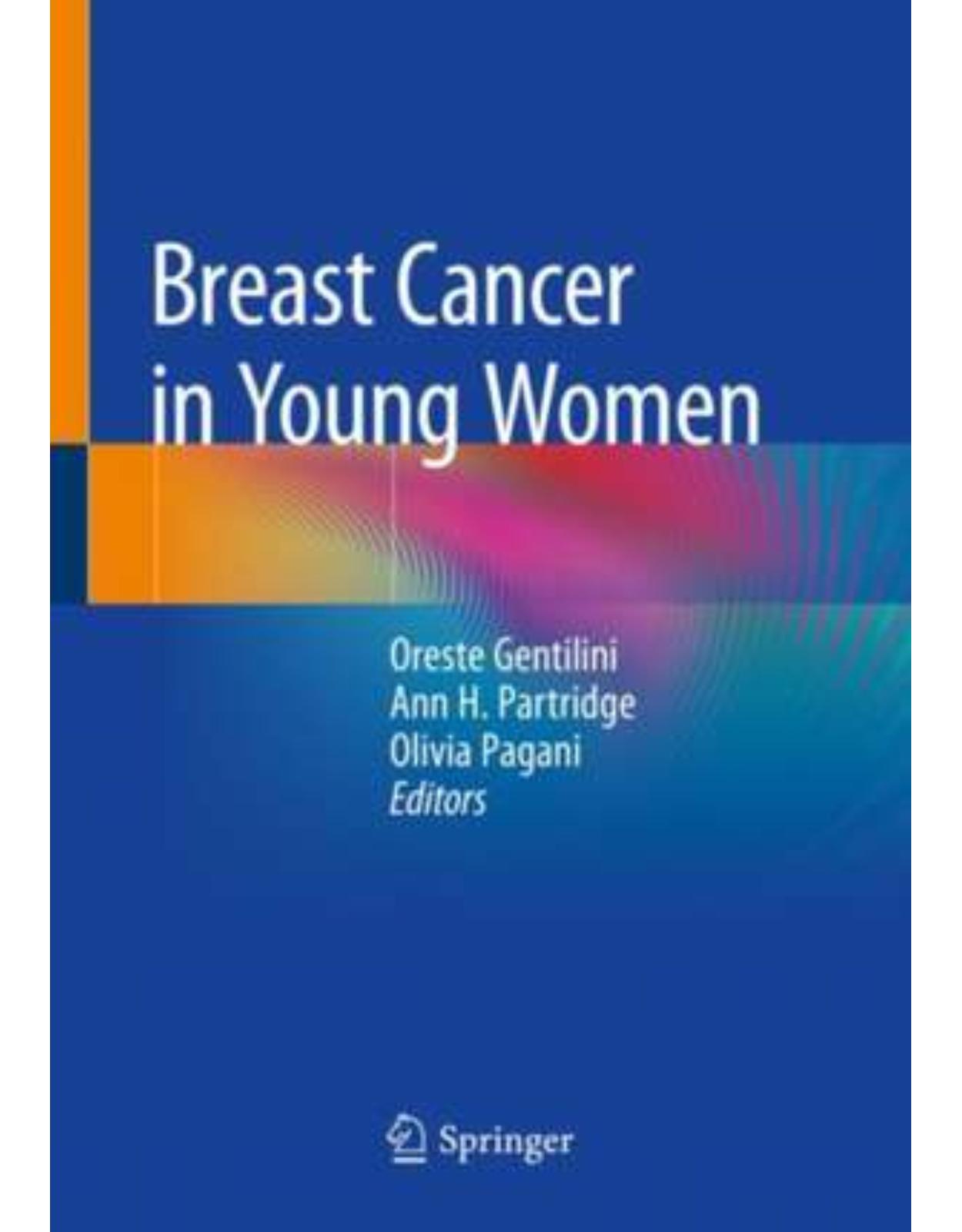
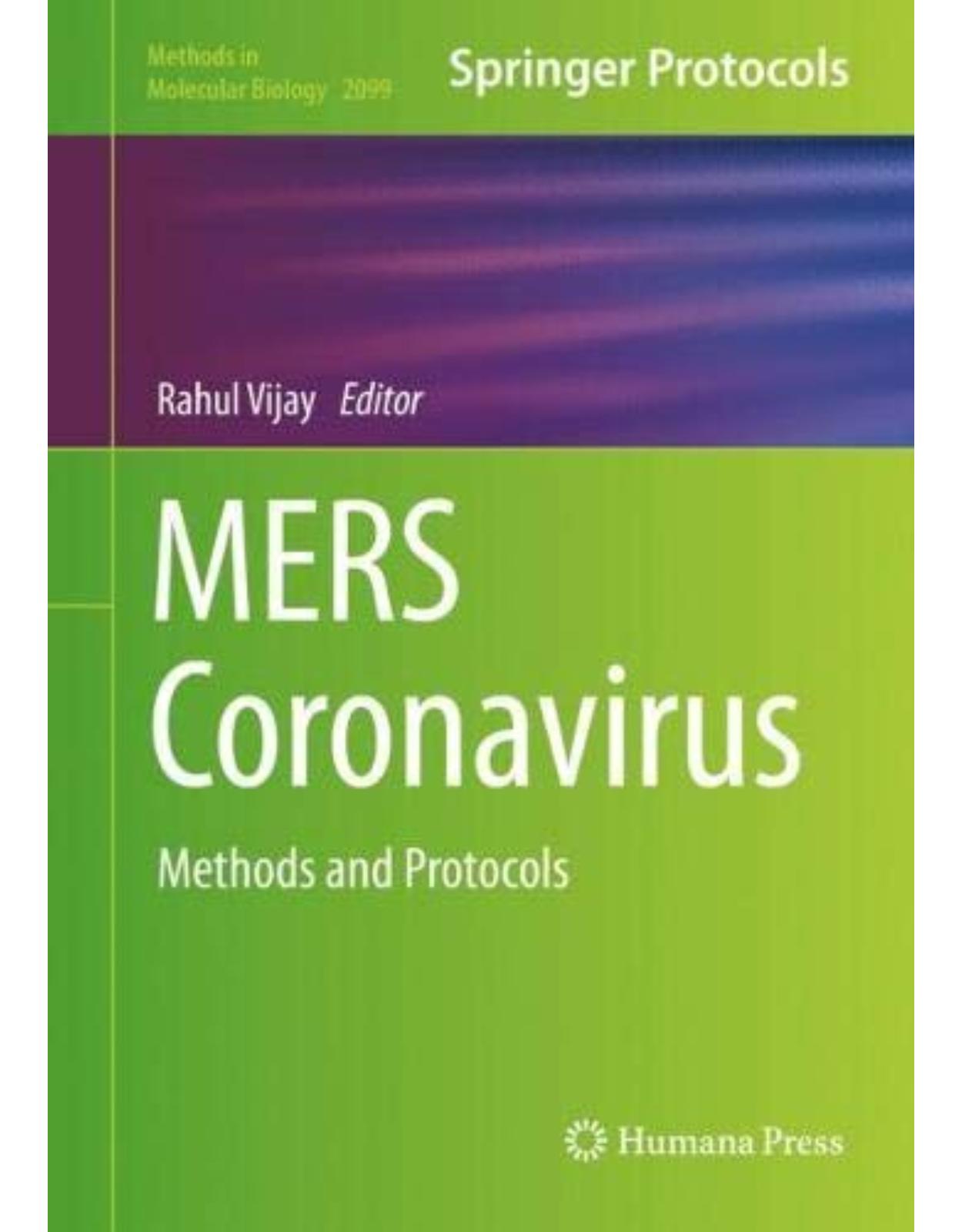
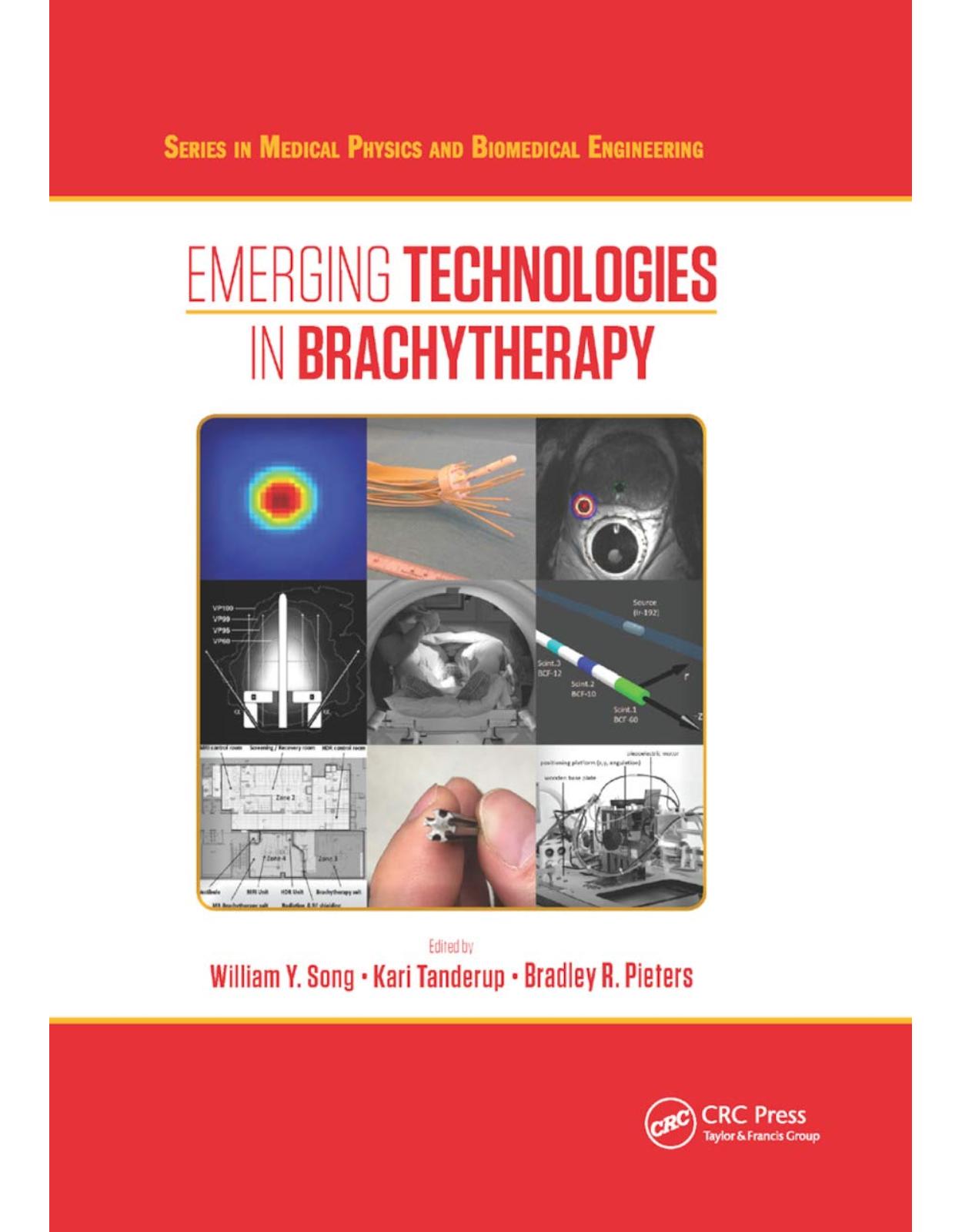
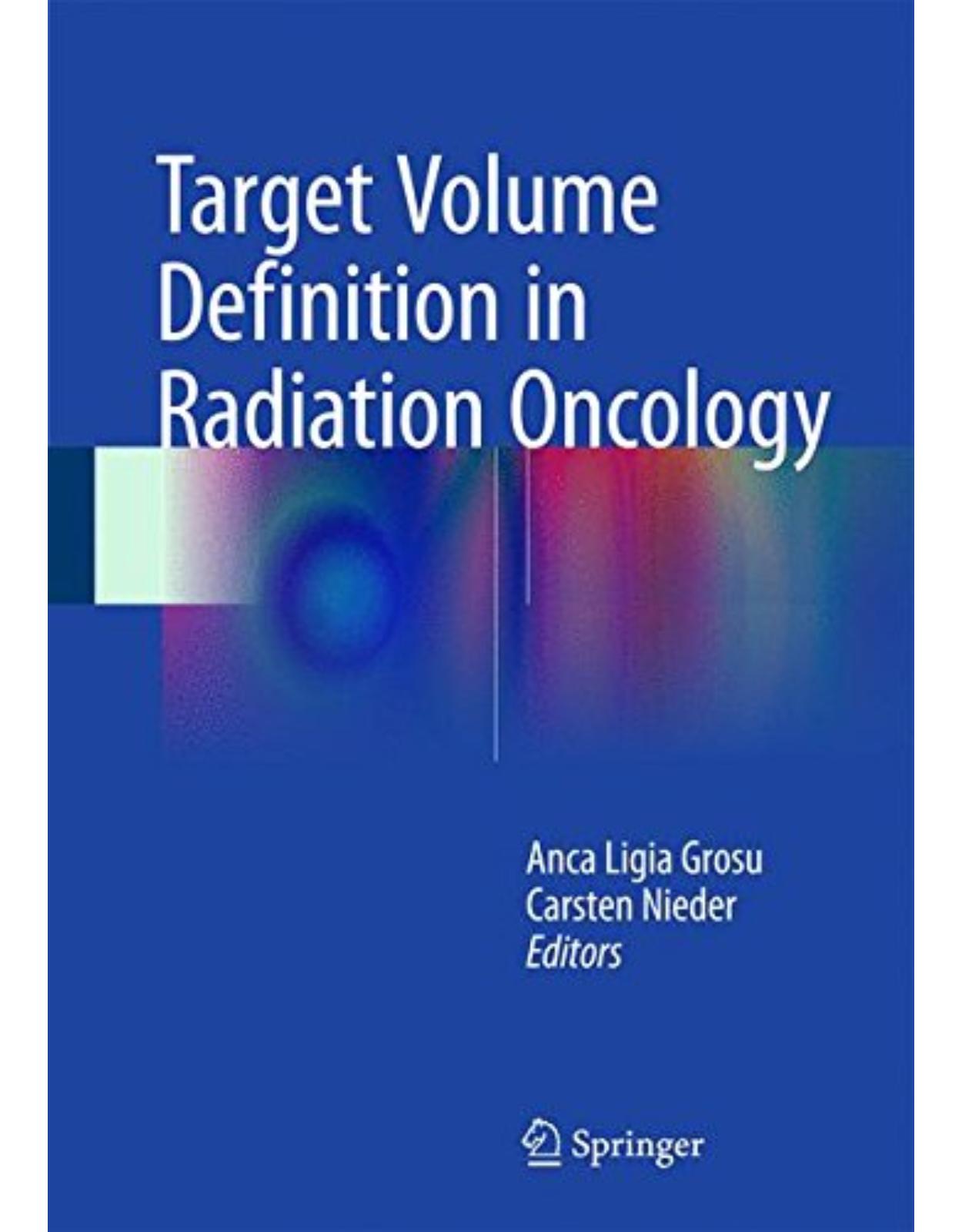

Clientii ebookshop.ro nu au adaugat inca opinii pentru acest produs. Fii primul care adauga o parere, folosind formularul de mai jos.